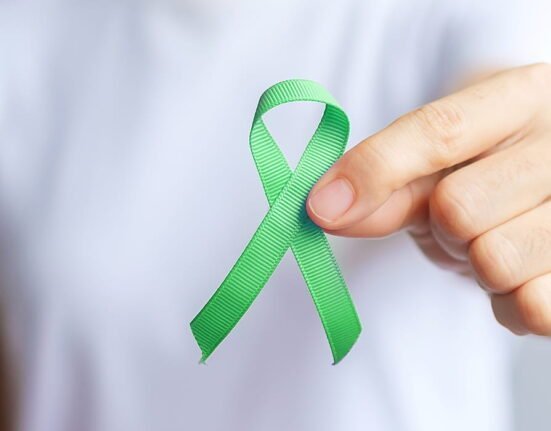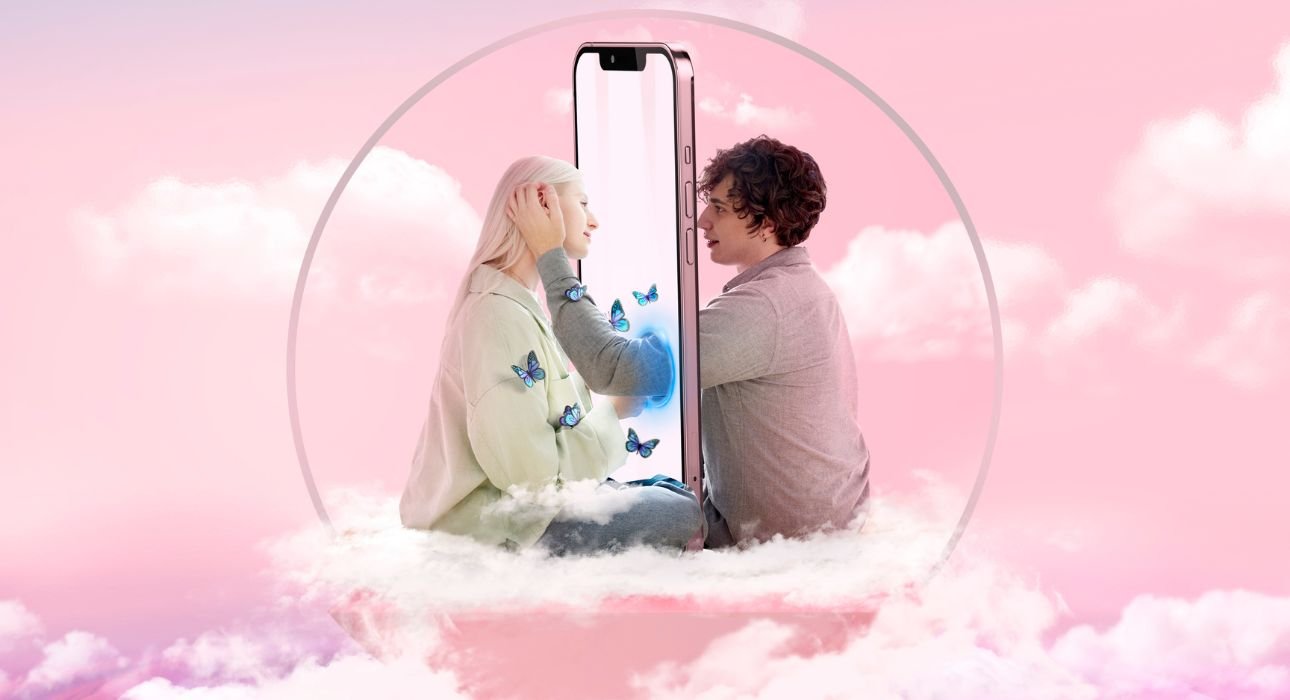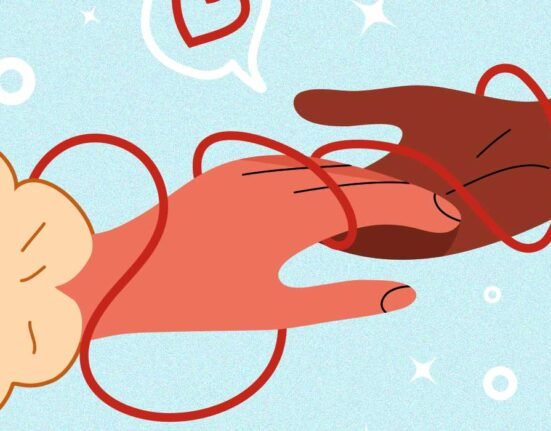No longer merely applications on a cellphone, social media has become an ensemble of media for communication, friendship, partnership, romantic relationships, and intimacy. Over the years, with the growth of social media, it has become more and more of an indispensable facet of human life. Moving up from the very first social networking site, SixDegrees.com, launched in 1997 (The Editors of Encyclopaedia Britannica, 2025), social media, as of 2025, began evolving to accommodate more social interaction wants with Instagram, TikTok, X, and others. However, the question that dawned during the times of the creation of such platforms still stands, “Are social media connections real?”
Exploring Digital Intimacy
The introduction of technology as a tool of social connections has essentially changed the entire landscape of emotional connections, bonds and relationships. The integration of social media into daily life has evolved human intimacy and its geographic restraints to form digital intimacy. Lupton (2017) defined Digital Intimacy as “the myriad ways in which individuals leverage digital media platforms to exchange personal details, thoughts and emotions, fostering connections that transcend the limitations of physical proximity.”
A few key characteristics of Digital Intimacy are:
1. Lack of Physical Constraints
One is no longer held back by their geographical location and can now form connections with any individual, even if they are across the globe.
2. Constant Availability
With the phone in hand and one swipe, an individual can be constantly available to others. Social media platforms and their addictive nature have allowed individuals to remain instantly available to anyone at all times.
3. Evolution of Expression
Conversations have evolved from simply talking or writing, now images, emoticons, GIFs, and more can be included and are construed to be viable forms of communication.
These key characteristics of digital intimacy have allowed it to hold such great importance today. It has helped families remain connected, young individuals find connections to those who resonate with them, create safe spaces for individuals who struggle with social connection formation and allowed emotional intimacy to change forever.
Are Connections over the Internet the same as Real Life?
When social media platforms were created, the main goal was to emulate real-life connections with a simple change of modality. With perks such as constant availability, unlimited access, and global reach, digital intimacy tries its best not only to reach the emotional connectivity offered by real life but to be better than it. Yet, it fails. While the use of social media has significantly changed real-life intimacy, it will never be able to replace it. Key Characteristics of Real Life Intimacy:
1. Shared presence and experiences
Real-life intimacy is formed only when individuals physically come together in the same environment and interact based on shared experiences.
2. Lack of a Filter
Real-life intimacy forces a sense of vulnerability and authenticity that simply can not be found online. With the rise of ‘reel culture’ and curated lifestyles, real-life connections offer individuals the chance to be seen as what they are and not what they wish to show. One can no longer put a filter on their true tendencies will begin to peak out eventually.
Read More: Importance of Emotional Vulnerability in Relationships
3. Resorting to Traditional Communication
While digital intimacy allows alternate forms of communication to express one’s feelings, real-life connections need to resort to basic conversations. They also have non-verbal cues, facial expressions and body language which throw light onto the individual’s true emotional state.
4. Physical Touch
Social media platforms have yet to come up with a feature that emulates physical touch and intimacy. These remain such vital parts of human wellbeing that they simply can not be replaced.
Real-life intimacy goes beyond the number of messages shared, reels forwarded, and emoticons one uses to react with. It involves depth and complexity simply not found online. Social media allows people to build stronger relationships at a distance; however, that need for touch, so firmly ingrained in human nature, will always inhibit this digital intimacy.
Read More: The Psychology Behind Long-Distance Relationships
Are we simply plugging ourselves in?
Video calls, social media, discussion forums and more have given us endless opportunities to connect with people. With the average individual spending 2 hours and 23 minutes per day on social media (Kemp, 2025), we spend a lot of time interacting with people; however, the quality of these interactions is questionable. This is the illusion cast upon individuals who use social media. They believe they are connected using social media, when in reality, they are only more reachable.
This illusion also encourages individuals to believe that the cure for their loneliness is to spend more time online, establishing digital intimacy. However, they fail to recognise that a greater frequency of communication will not be able to account for the depth that any relationship requires for an emotional connection to form. Studies have shown that those individuals who spend time on social media to escape feelings of loneliness and to maintain relationships feel lonelier than those who don’t (Bonsaksen et al., 2023).
This suggests that people can use social media to foster social connection to a certain extent, but it cannot help them deal with feelings of loneliness. This mainly occurs because digital interactions feel like real-life connections and help mask the emotional gap initially, but eventually fail as they lack vulnerability. It may even allow individuals to get stuck in a perpetual rut of loneliness with no escape (Bonsaksen et al., 2023).
Read More: Mastering Effective Communication: Building Trust and Strong Relationships
The Cure? Striking a Balance
Social media and its use are not bad, and it does not need to be cast as the villain in the battle of loneliness faced by the majority of the world. The key to forming fulfilling and emotionally intimate bonds in this digital age lies in the mindful use of social media. Instead of letting social media dictate the rhythm of relationships, people should use it as a tool to strengthen and deepen bonds by strategically leveraging its advantages that transcend distance and time.
Read More: Is Your Partner Emotionally Unavailable? 7 Signs to Consider
A few strategies an individual can use to mindfully use social media as a tool to enhance emotional connectivity are:
- Whenever feasible, plan for an in-person meeting over a virtual one.
- During physical meetings, put the phone away and try to engage by being present in the moment.
- Replace the use of an emoticon for a reaction with voice messages or calls.
- When communicating with others online, try not to share only curated highlights from your life.
- Create a space where, even online, people can try to be vulnerable and authentic.
- In long-distance situations, choose to do similar activities together virtually.
- Share content mindfully.
- Don’t allow sharing reels, videos and images to become the only form of communication; foster real conversations.
- Plan regular calls with those whom one can not physically meet.
- Transform online connections to offline bonds.
Digital intimacy is one of the many forms of intimacy that are important to sustain human relations. Digital intimacy does not necessarily thwart emotional connection, but excessive use to replace real-life intimacy can do so. People can use technology as a tool to improve emotional connection.
Read More: Friendships Across the Lifespan: What Keeps Relationships Strong Over Time
Conclusion
In this digital age, individuals often begin their day by checking their phones, making technology highly integrated into the quest for social connections. With its multiple advantages that help relationships thrive across geographic and time restraints, people now use social media to foster and maintain social connections. However, the belief that social media connections can replace real-life bonds is misplaced and often fuels the loneliness epidemic.
Instead, disenchanting oneself from the illusion of connectivity given by social media and using it as a tool to enrich connections can be helpful. Integrating social media while acknowledging the importance of offline connection will help advance intimacy in all types of relationships. The next time you find yourself lost in a sea of messages, scrolling and typing, take a moment to get your eyes off the phone and connect with those physically around you and maybe even take the effort of bringing your online connections to the real world.
FAQs
1. Are all digital connections fake?
No. Digital connections are not fake. The type of communication that one indulges in and the authenticity they display while forming the digital connection are the factors that signify the depth and intimacy in the relationship. Many individuals can form genuine, lifelong friendships online by regularly taking the effort to display an unfiltered version of themselves, which fosters authenticity in the relationship.
2. Does texting constantly mean a stronger relationship?
No, the frequency of communication does not define its depth, but rather the vulnerability and authenticity that is shown in it. It is important to focus on the quality of conversation rather than the quantity of conversation while creating emotional connections online and fostering digital intimacy.
3. For introverts and shy individuals, are online connections better?
Online connections can be a great way for individuals to form meaningful relationships, especially those who struggle to form real-life connections. It can even act as a trial stage, where an individual can explore and find what sort of communication truly suits them. However, it is also important to form and maintain real-life bonds for psychological well-being.
4. How do I maintain an emotional connection with someone who is physically far from me?
Technology can help foster and maintain communication when there is considerable distance between the individuals. Efforts can be taken to avoid such a connection being dissolved into simple text messages and shared content. These efforts would involve regular calls, engaging in activities together and sharing parts of life, which are not curated highlights.
References +
Bonsaksen, T., Ruffolo, M., Price, D., Leung, J., Thygesen, H., Lamph, G., Kabelenga, I., & Geirdal, A. Ø. (2023a). Associations between social media use and loneliness in a cross-national population: do motives for social media use matter? Health Psychology and Behavioural Medicine, 11(1). https://doi.org/10.1080/21642850.2022.2158089
Bonsaksen, T., Ruffolo, M., Price, D., Leung, J., Thygesen, H., Lamph, G., Kabelenga, I., & Geirdal, A. Ø. (2023b). Associations between social media use and loneliness in a cross-national population: do motives for social media use matter? Health Psychology and Behavioural Medicine, 11(1). https://doi.org/10.1080/21642850.2022.2158089
Kemp, S. (2025, March 23). The time we spend on social media — DataReportal – Global Digital Insights. DataReportal – Global Digital Insights. https://datareportal.com/reports/digital-2024-deep-dive-the-time-we-spend-on-social-media
Lupton, D. (2017). ‘It Just Gives Me a Bit of Peace of Mind’: Australian Women’s Use of Digital Media for Pregnancy and Early Motherhood. Societies, 7(3), 25. https://doi.org/10.3390/soc7030025
Parsakia, K., & Rostami, M. (2023). Digital Intimacy: How technology shapes friendships and romantic relationships. AI And Tech in Behavioural and Social Sciences, 1(1), 27–34. https://doi.org/10.61838/kman.aitech.1.1.5
The Editors of Encyclopaedia Britannica. (2025, August 8). Social media | Definition, History, Examples, & Facts. Encyclopedia Britannica. https://www.britannica.com/topic/social-media













Leave feedback about this